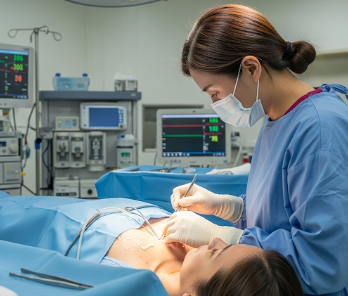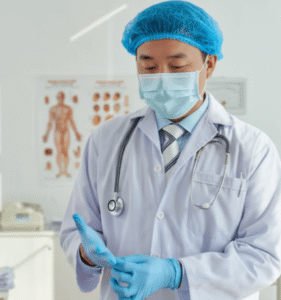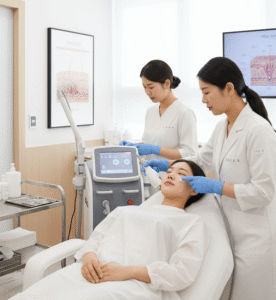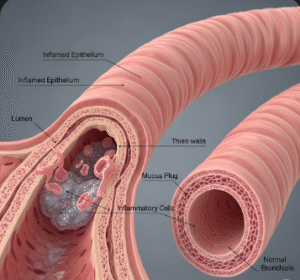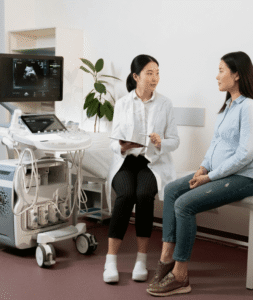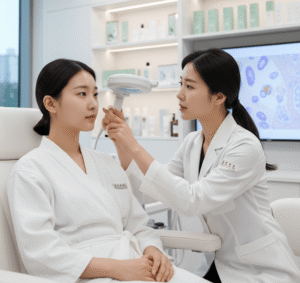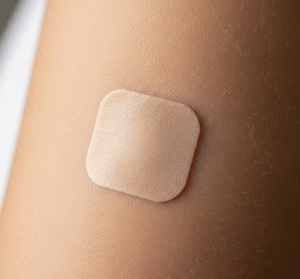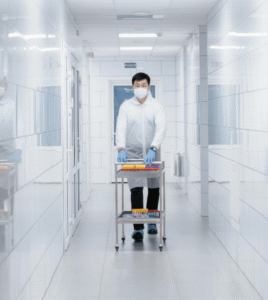Overview
A breast uplift, medically known as mastopexy, is a surgical procedure designed to raise and reshape sagging breasts. Unlike breast implants, which focus on increasing size, breast uplift surgery primarily improves the position, firmness, and contour of the breasts.
In South Korea, this procedure has become increasingly popular due to the country’s reputation for precision plastic surgery, minimal-scar techniques, and customized approaches tailored to each patient’s anatomy and goals. Many women choose breast uplift surgery after pregnancy, breastfeeding, weight loss, or aging, when the breasts tend to lose firmness and elasticity.
What is Breast Uplift?
A breast uplift (mastopexy) involves removing excess skin, tightening surrounding tissues, and repositioning the nipple and areola to create a firmer, more youthful breast shape.
Types of breast uplift procedures include:
- Crescent Lift: Suitable for mild sagging, involves a small incision above the areola.
- Periareolar (Donut) Lift: Corrects mild to moderate sagging using a circular incision around the areola.
- Vertical (Lollipop) Lift: Addresses moderate sagging with incisions around the areola and vertically down the breast.
- Anchor (Inverted T) Lift: Used for severe sagging, involving three incisions for maximum reshaping.
What are the Benefits?
Breast uplift surgery offers both cosmetic and psychological benefits:
✔ Restores firmness and youthful shape of the breasts.
✔ Repositions nipples and areolas to a natural level.
✔ Can be combined with breast implants for size enhancement.
✔ Improves body proportion and boosts self-confidence.
✔ In Korea, advanced surgical methods ensure minimal scarring and natural results.
Procedure Details
1) How should I prepare for Breast Uplift?
Preparation steps include:
- Medical evaluation and breast imaging if necessary.
- Discussing goals with your surgeon, including whether you want only a lift or also implants.
- Stopping smoking and alcohol at least 2 weeks before surgery.
- Avoiding certain medications such as aspirin or blood thinners.
- Arranging post-surgery support, since patients may need help with daily activities initially.
In Korea, many clinics offer 3D simulation technology so patients can preview expected results.
2) What happens during the procedure Breast Uplift?
- The surgery is performed under general anesthesia.
- The surgeon makes incisions depending on the chosen technique (crescent, periareolar, lollipop, or anchor).
- Excess skin is removed, and the surrounding tissue is reshaped to create a lifted contour.
- The nipple and areola are repositioned higher on the breast for a youthful look.
- Incisions are then closed with sutures, and dressings are applied.
The procedure usually lasts 2–3 hours.
3) What happens after a Breast Uplift?
- Patients are monitored in recovery for a few hours before being discharged the same day or staying one night.
- Supportive surgical bras are worn to reduce swelling and support the new shape.
- Most patients resume light activities in 1 week and normal routines in 4–6 weeks.
- Scars fade gradually and become less noticeable over time.
Korean clinics often provide specialized aftercare services, including scar treatment therapy, LED healing sessions, and lymphatic massage.
Risks / Benefits
Potential Risks:
- ➤ Temporary pain, swelling, and bruising
- ➤ Scarring (though minimized with Korean scar-care techniques)
- ➤ Infection or bleeding
- ➤ Changes in nipple sensation (temporary or permanent)
- ➤ Asymmetry between breasts
Main Benefits:
- ✔ Restored firmness and lifted appearance
- ✔ Enhanced body image and self-esteem
- ✔ Long-lasting results (often 10–15 years)
- ✔ Natural outcomes with advanced Korean techniques
Recovery and Outlook
Recovery is generally smooth with proper care:
- First 1–2 weeks: Swelling and discomfort managed with pain relief and supportive bras.
- 4–6 weeks: Most patients resume normal activities, though heavy lifting should be avoided.
- Long-term outlook: Results are long-lasting, especially if patients maintain stable weight and avoid pregnancy soon after surgery.
In Korea, the outlook is particularly positive due to innovative techniques, minimal scarring, and comprehensive post-operative support.
When To Call the Doctor
Contact your surgeon if you experience:
- ➤ Severe or worsening pain
- ➤ Persistent fever or chills
- ➤ Unusual discharge from incision sites
- ➤ Excessive swelling or redness
- ➤ Loss of sensation in nipples or breasts
Best Korea Option / Process
South Korea is a leading destination for breast uplift surgery, known for safety, artistry, and patient-focused care.
Why Korea is the best option:
- World-class plastic surgeons with years of experience.
- Cutting-edge techniques like minimal-scar lollipop lifts.
- Combination procedures (uplift + augmentation) offered for full rejuvenation.
- Comprehensive care packages for international patients, including translators and aftercare programs.
- Affordable pricing compared to the US or Europe, without compromising quality.
Top hospitals and clinics in Korea for breast uplift include:
- Banobagi Plastic Surgery Clinic
- ID Hospital, Seoul
- JK Plastic Surgery Center
- Seoul National University Hospital (for reconstructive needs)

